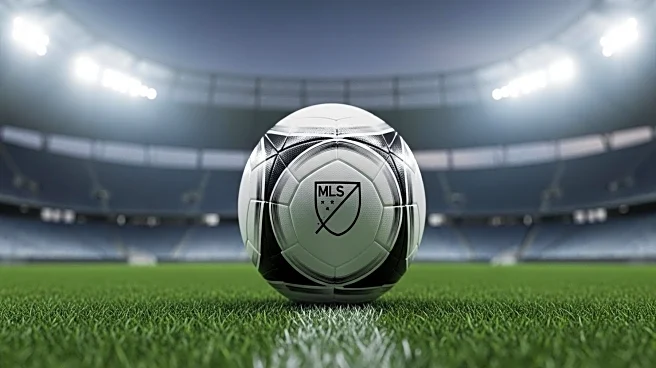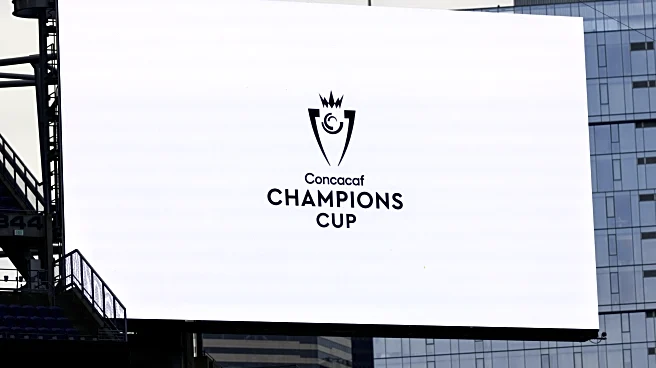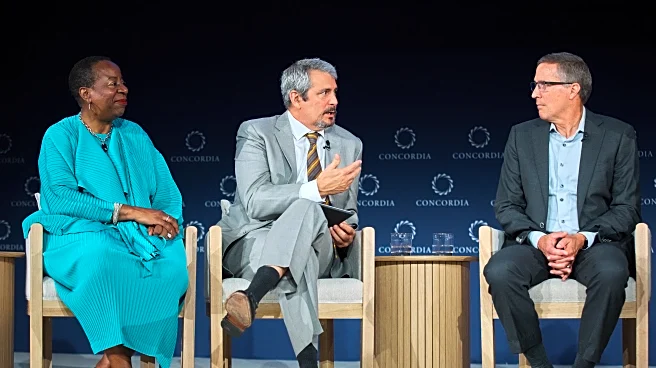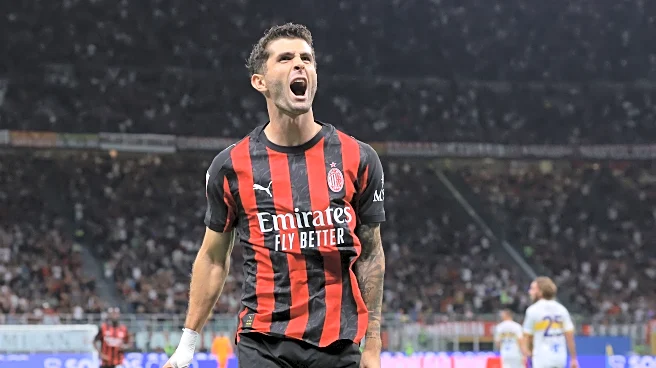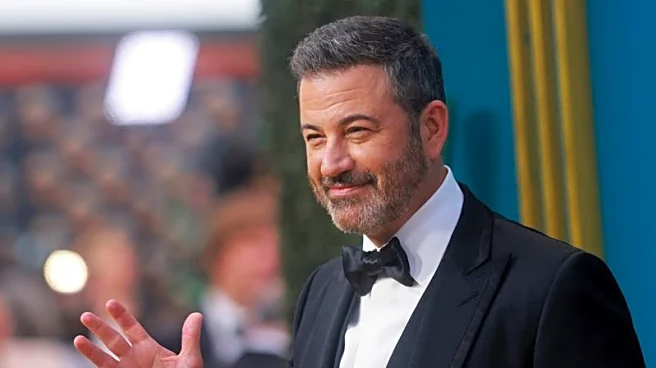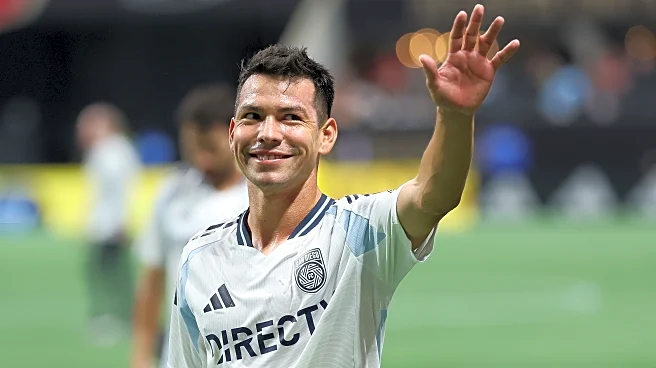What is the story about?
What's Happening?
Jurgen Klopp, former Liverpool manager and current head of global soccer with Red Bull, has expressed admiration for the quality of Major League Soccer (MLS) during a visit to the New York Red Bulls. Klopp's visit coincided with the Hudson River derby against New York City FC. He noted the league's growth potential, emphasizing the increasing talent and intensity of play. In 2025, MLS clubs spent a record $336 million on transfers, nearly doubling the previous record, as the league aims to compete with top European competitions. The arrival of high-profile players like Lionel Messi and Son Heung-Min has bolstered the league's reputation. Despite Klopp's positive outlook, the New York Red Bulls lost 3-2 to NYCFC, leaving them in 10th place in the Eastern Conference.
Why It's Important?
The significant investment in player transfers highlights MLS's ambition to elevate its status in global soccer. The league's ability to attract top talent like Messi and Son Heung-Min suggests a growing appeal and competitiveness. This development could enhance the league's visibility and marketability, potentially increasing viewership and sponsorship opportunities. For U.S. soccer, this growth could lead to improved domestic talent development and a stronger national team. However, the financial sustainability of such investments remains a concern, as clubs must balance spending with revenue generation.
What's Next?
MLS's continued growth will likely depend on its ability to maintain financial stability while attracting top talent. The league may focus on expanding its fan base and increasing international exposure. Clubs will need to strategize on player development and marketing to sustain momentum. Stakeholders, including team owners and sponsors, will play a crucial role in shaping the league's future direction. The performance of high-profile signings and their impact on team success will be closely monitored.
Beyond the Headlines
The influx of international stars into MLS could influence the cultural landscape of soccer in the U.S., potentially increasing youth participation and interest in the sport. This shift may also impact the traditional sports hierarchy in the country, challenging the dominance of established leagues like the NFL and NBA. Additionally, the league's growth could prompt discussions on player wages, transfer policies, and the role of foreign investment in U.S. sports.
AI Generated Content
Do you find this article useful?
